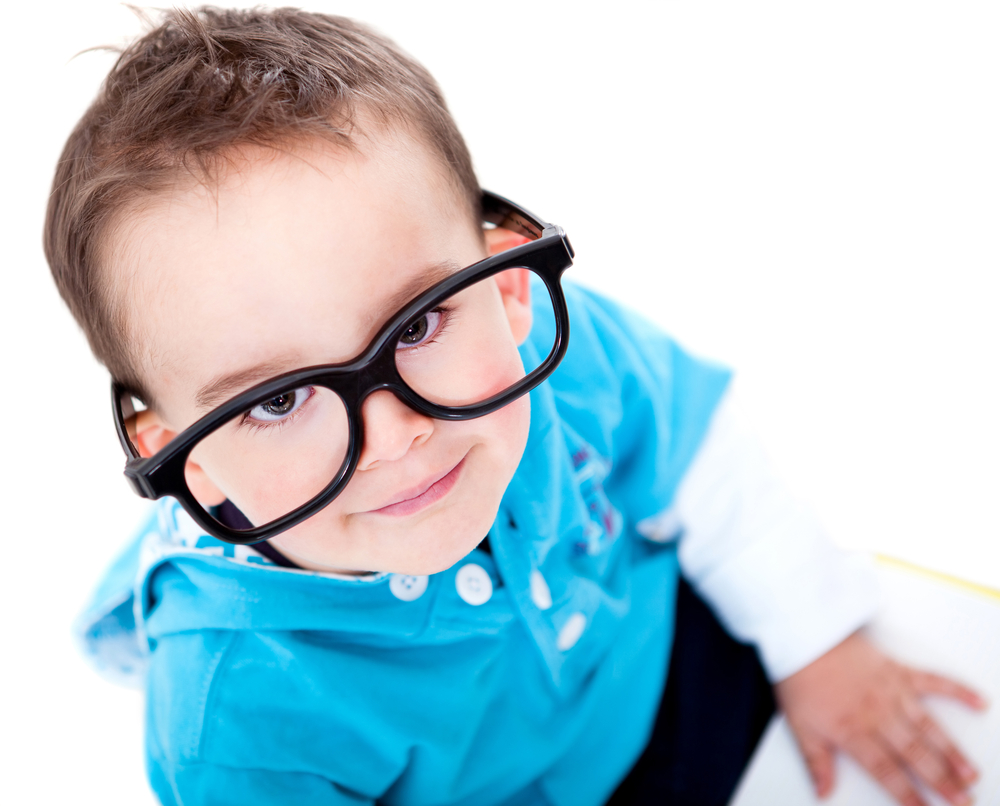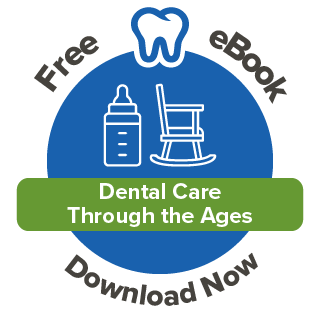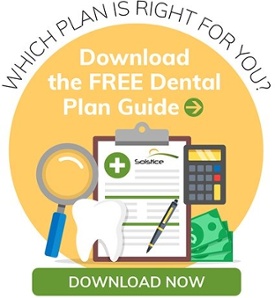By Andrew Hickey on Jun 1, 2023 @ 04:30 PM
Myopia is a growing concern worldwide. You may also have heard the terms “short-sightedness” and “nearsightedness.” It has become prevalent in children and teenagers and is being considered a “childhood epidemic.” It is particularly affecting people living in urban areas.
High myopia is expected to affect 9.8% of the global population by the year 2050. Cases of myopia are suspected to have been accelerated during and the COVID-19 pandemic. With virtual learning, kids were spending less time outside and more time up-close in front of screens.
Key Takeaways:
- Myopia makes faraway objects appear blurry.
- There are two forms of myopia: mild to moderate (lower risk) and progressive or high.
- Myopia is influenced by factors like genetics, environment, and lifestyle changes.
- High myopia increases the risk of eye conditions that lead to blindless: like glaucoma, cataracts, and retinal tears.
- There are no direct cures, but there are several measures we can take: such as corrective eyewear, special eye drops, more outdoor time, less screen time, proper lighting.
The first crucial step is to visit an eyecare professional. They can work with you to determine the most appropriate treatment option. Now it’s time to get into the details of what myopia is and everything we can do to get a handle on it.
What is myopia?
Myopia is a refractive eye issue. It causes distant objects to appear blurry, while close objects are clearer. To get technical, it occurs when the eyeball is too long, or the cornea is too curved. As a result, light entering the eye focuses in front of the retina instead of directly on it. This leads to blurred vision.
Our retinal tissue has the highest oxygen consumption in the body. That’s more than the heart, brain, or muscles!
Between the blood flow, continued exposure to light and high levels of oxygen, the eye structure becomes stressed. Myopia symptoms in children can include:
- Blurry vision
- Squinting to read.
- Eye rubbing
- Frequent headaches
There are mild to moderate cases of myopia in kids. They tend not to have any serious long-term effects on health or vision. However, progressive myopia has a higher risk of serious complications, such as detached retina and glaucoma.
What causes myopia?
Experts once believed that myopia was all in the genes. It has since been discovered there are multiple factors at play. Here are some common causes of myopia:
- Work or activities that force your eyes to be focused on objects for a long period of time.
- Low levels of outdoor activity
- Diet
- Television, computer games and electronic devices
- Pollution
- The season you are born in (environmental conditions, how many hours of daylight)
- Gender (it’s higher in young females and older males)
- Parents who are nearsighted.
- Using a night light
Are there treatments for myopia?
You will want to keep up with your regular eye exams. They help assess your eye health and guide you in choosing the best treatment. If the condition has developed, your optometrist or ophthalmologist may recommend myopia control options like:
- Corrective eyewear: If your child has myopia, they may need prescription glasses. They can correct the refractive error associated with myopia. Ensure the glasses are worn during activities like reading books or using electronic devices.
- Multifocal contact lenses: These are designed to correct vision at multiple distances. Commonly used for presbyopia (normally individuals over the age of 40) these lenses can also be prescribed for myopia control in children. They allow the wearer to see clearly both up close and far away. For children they may be prescribed with a specific design called "distance center-near surround."
- Low-dose atropine eye drops: Atropine is a medication that works by dilating the pupil and temporarily paralyzing the focusing muscle of the eye. For myopia control only low concentrations of atropine are used. These drops have shown promise in slowing down the progression of myopia in children. And there is less chance the condition will return. These must be prescribed by an eye care professional.
- Orthokeratology (Ortho-K): This is a non-surgical procedure. It involves wearing special rigid contact lenses overnight. They reshape the cornea temporarily, allowing for clearer vision during the day.
- Refractive surgery: These include LASIK and PRK. The procedures involve using lasers to remove a small amount of tissue. They can permanently reshape the cornea to correct myopia. Refractive surgery is generally for people who meet specific criteria.
There is also ongoing research to develop more interventions that can slow down the progression of myopia in kids. These include more specialized contact lenses and pharmaceutical treatments.
What can we do to decrease myopia in kids?
Other than professional intervention, there are things we can do every day:
- Time outdoors: Spending time on outdoor activities, particularly in natural light, can help reduce the risk of myopia progressing in children.
- Screen time: Limit the amount of time your child spends on electronic devices, such as smartphones, tablets, and computers. The more screen time the higher the risk of myopia developing or progressing. The easiest way to do this is by following the 20-20-20 rule (every 20 minutes, look at an object 20 feet away for 20 seconds).
- Proper lighting: Ensure that your child has adequate lighting in their room or study area (desk lamps, overhead lighting). This can reduce eye strain and help with visual comfort.
- Education and awareness: Help your child understand the importance of eye health and the need to follow proper eye care practices. Educate them about myopia and the measures they can take to protect their eyesight. You also want to encourage your child to maintain good posture while reading or studying. And they should hold books or devices at a comfortable distance and position.
It's important to know that the suitability of these treatments depends on various factors, including eye health, prescription, age, and personal preferences.
This information is provided for educational and informational purposes only. It does not constitute providing medical advice or professional services. If you suspect you have myopia or have concerns about your vision, it is important to consult with an eye care professional for a comprehensive eye examination and appropriate management.
Want to have Solstice benefits?
Call our sales team at 877.760.2247 or email Sales@SolsticeBenefits.com
Already have Solstice benefits?
See your plan details by going to https://www.mysmile365.com/ or calling us at 1.877.760.2247.





comments